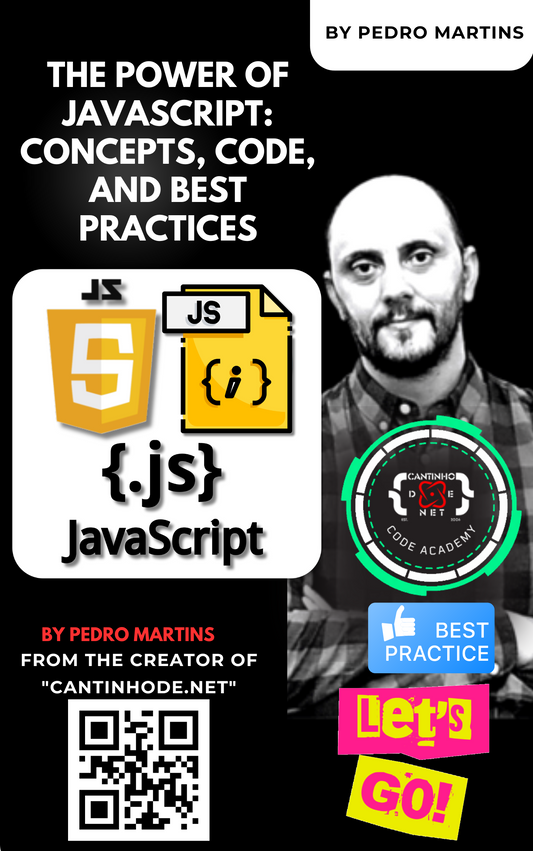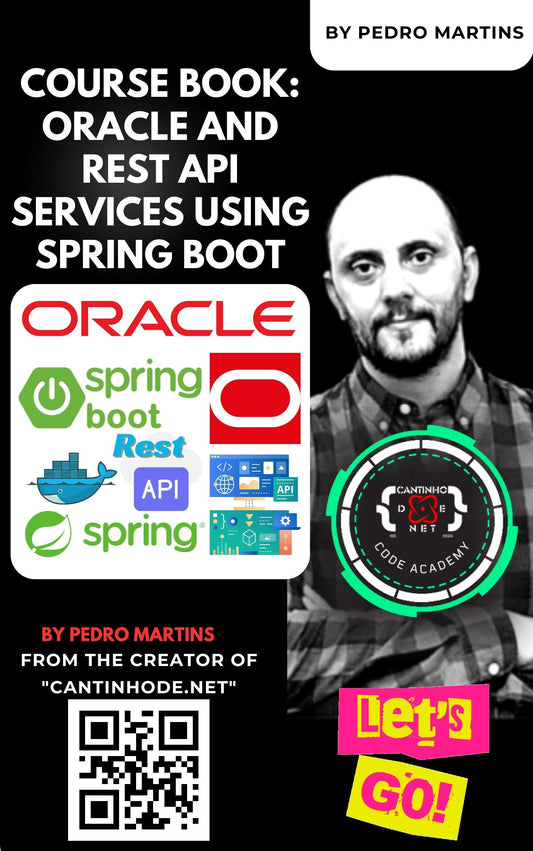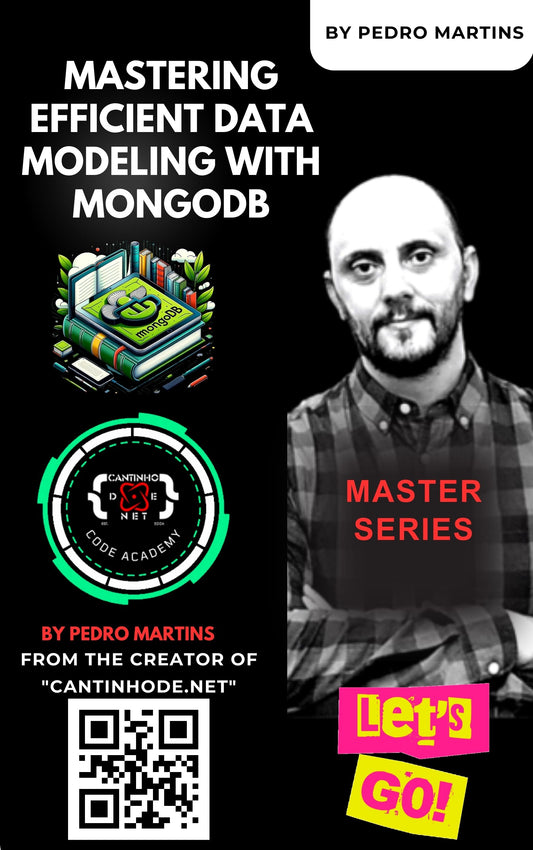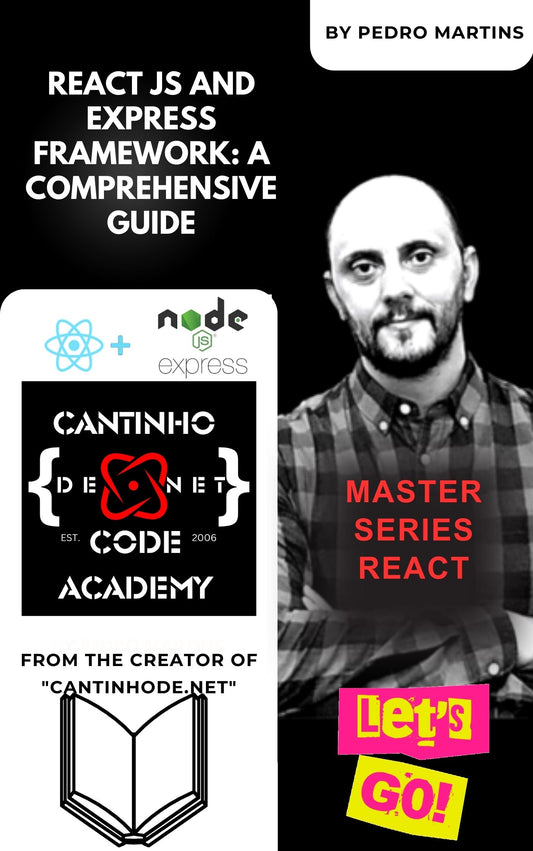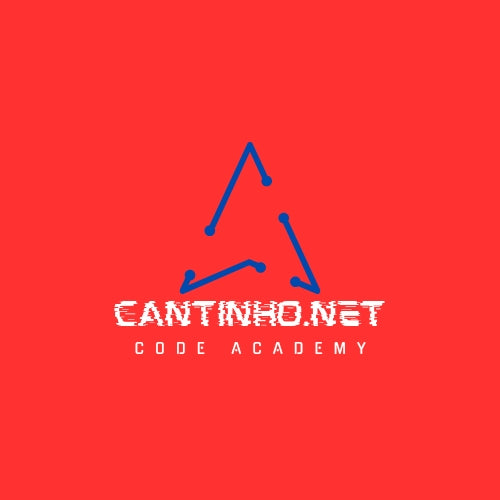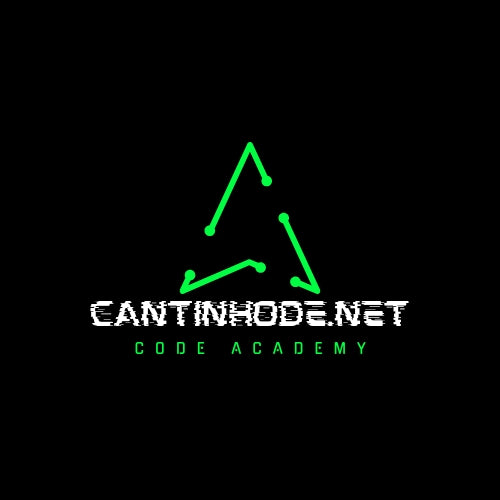Qdrant is an advanced vector database that now integrates seamlessly with cloud infrastructures and modern frontend frameworks like React, allowing developers to build high-performance semantic search systems. These capabilities are particularly crucial for applications requiring deep data analysis, like natural language understanding and recommendation engines.
Cloud Integration
Qdrant offers robust support for cloud environments, ensuring scalability, high availability, and fault tolerance. This makes it a powerful choice for businesses that need to process and search large-scale datasets in real time. The cloud deployment options simplify scaling your vector search infrastructure without worrying about underlying hardware or networking constraints. Whether on AWS, GCP, or Azure, Qdrant’s cloud-native architecture adapts to your business needs.
Benefits of Cloud Deployment:
1. Scalability: Handle increasing amounts of data with ease.
2. Flexibility: Dynamically allocate resources as your application demands.
3. High Availability: Avoid downtime with cloud failover and redundancy features.
Semantic Search with React
Qdrant integrates well with React, making it easier to build modern, user-friendly semantic search interfaces. Semantic search goes beyond keyword matching, enabling applications to understand user queries' contextual meaning. This capability is invaluable in e-commerce, content discovery, and document search systems where users expect relevant results.
By pairing Qdrant’s vector search capabilities with React, you can create rich, dynamic front-end applications that provide real-time, context-aware search experiences. The ease of React integration means that developers can quickly implement advanced search features without needing deep expertise in machine learning.
Example: Implementing Semantic Search in React
Here’s a brief example of how you might implement semantic search in a React application using Qdrant:
import React, { useState, useEffect } from 'react';
import axios from 'axios';
const SearchComponent = () => {
const [query, setQuery] = useState('');
const [results, setResults] = useState([]);
useEffect(() => {
if (query) {
axios.post('http://localhost:6333/search', {
collection_name: 'my_collection',
query_vector: calculateVector(query),
limit: 10
}).then(response => {
setResults(response.data);
});
}
}, [query]);
const handleInputChange = (e) => {
setQuery(e.target.value);
};
return (
<div>
<input type="text" value={query} onChange={handleInputChange} placeholder="Search..." />
<ul>
{results.map(result => (
<li key={result.id}>{result.payload}</li>
))}
</ul>
</div>
);
};
export default SearchComponent;
In this example, calculateVector(query) would be a function that transforms user queries into high-dimensional vectors for Qdrant to process. This allows Qdrant to return semantically relevant results based on vector similarity rather than simple keyword matches.
Advantages of React Integration:
Dynamic User Interfaces: Provide real-time feedback as users type their search queries.
Contextual Relevance: Leverage Qdrant’s vector similarity search to return results that align with the user’s intent.
Efficient Data Handling: With React’s efficient data flow and state management, applications remain responsive even when processing large amounts of vector data.
Conclusion
By leveraging Qdrant’s cloud-native features and integrating it with modern frontend frameworks like React, developers can build powerful, scalable, and context-aware search systems. Whether deploying on the cloud for scalability or enhancing user experiences with semantic search interfaces, Qdrant is an invaluable tool for handling high-dimensional data in the modern digital landscape.
For more details, visit Qdrant's Documentation.
 Looking to optimize your software Javascript skills? Visit askpedromartins.com for expert advice and solutions tailored to your development needs.
Looking to optimize your software Javascript skills? Visit askpedromartins.com for expert advice and solutions tailored to your development needs.



